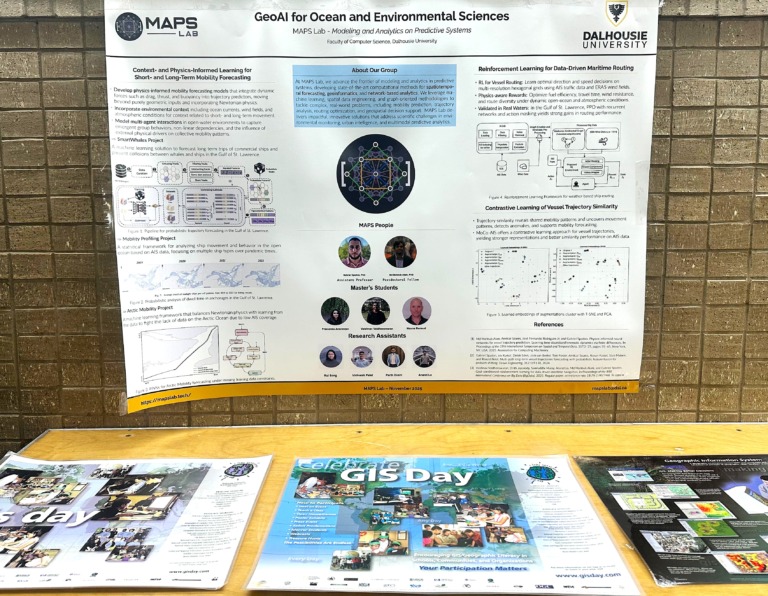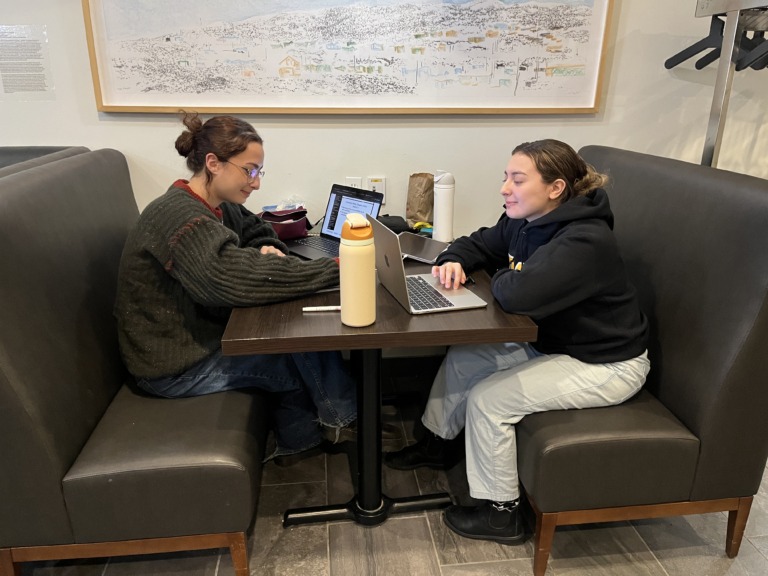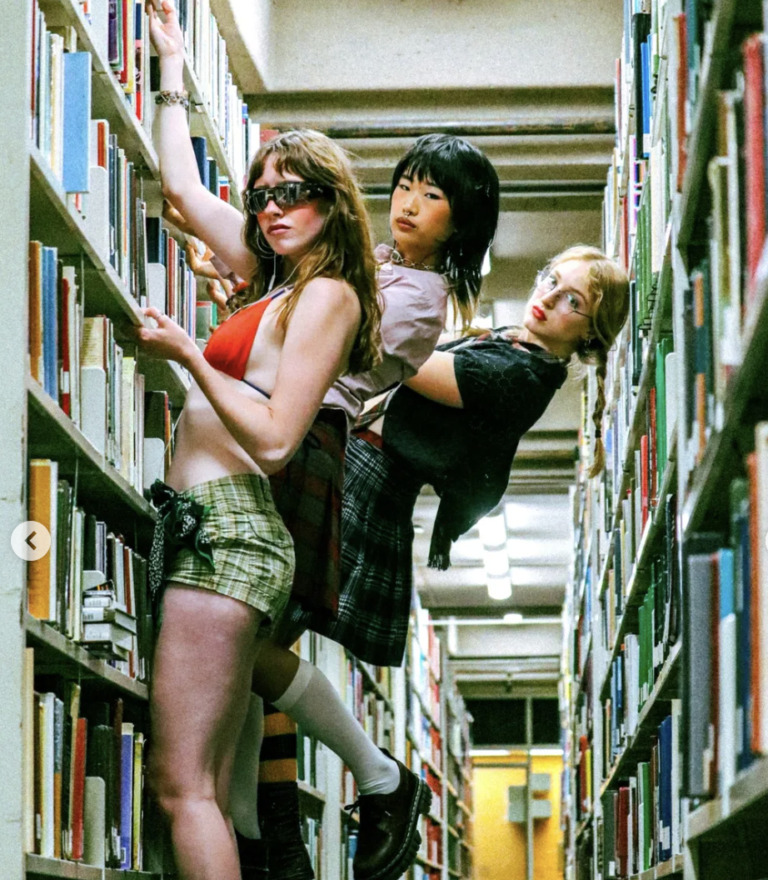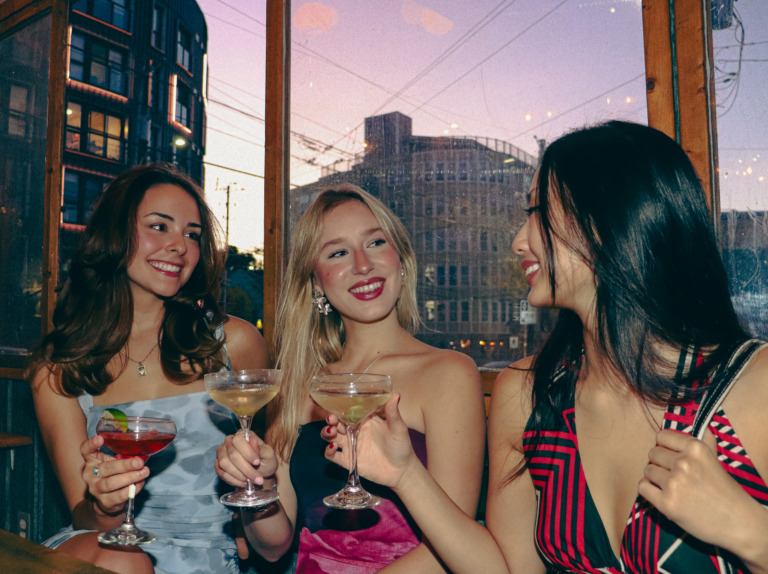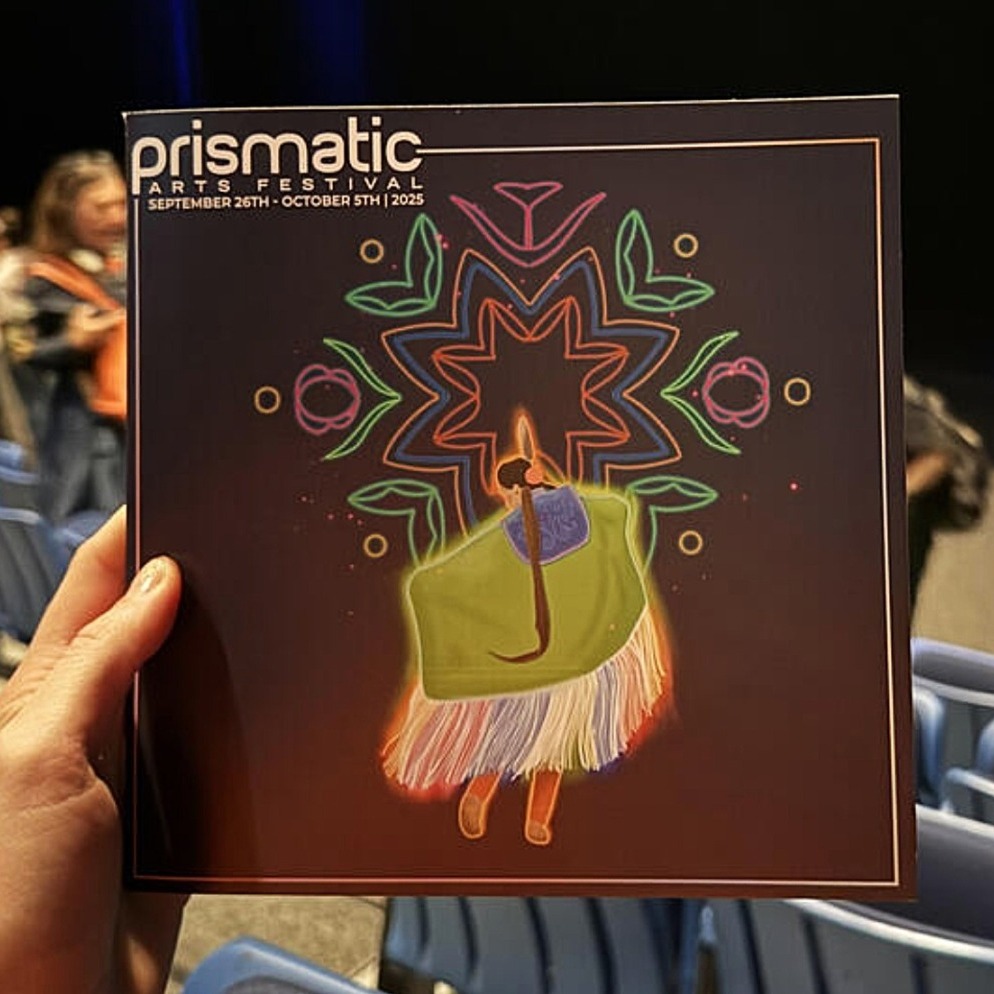
The Prismatic Arts Festival returns to Halifax
This year’s lineup featured Jah’Mila, Morgan Toney and Lara Kramer
When you don’t see space for yourself, you make it. That’s the guiding ethos for Halifax’s multidisciplinary arts festival that highlights professional work by Indigenous artists and artists of colour from across Canada.
Since 2008, the Prismatic Arts Festival has showcased theatre, dance, music, film, visual arts, media arts and spoken word from local and national BIPOC artists. This year’s festival, which ran from Sept. 26 to Oct. 5, featured a new collection of works, including the off-Broadway show Bear Grease — an Indigenous take on Grease (1978) — and a collaborative performance from R&B vocalist Jah’Mila and Symphony Nova Scotia.
Lara Kramer, an Oji-Cree choreographer and visual artist, created Ji zoongde’eyaang — “to have a strong heart” in Anishinaabemowin — with her mother, Ida Baptiste. The full exhibit includes blankets and paintings inspired by stories of resistance to colonial systems, including Baptiste’s memories of attending a residential school. Part of the exhibit is on display at the Bus Stop Theatre’s gallery until Dec. 20.
The mutual trust between the festival and its artists drew Kramer to participate. She says that while non-Indigenous festivals create space for artists, they often expect BIPOC artists to perform “invisible labour” by consulting organizers on how to create inclusive spaces.
“With Prismatic, there is already a level of trust and assurance of it being hosted in a way that I felt okay [with],” she says. “The framework of it feels like there is already care and regard.”
Willum Watt, the festival’s marketing and outreach coordinator, says Prismatic plays a key role in highlighting the ongoing work still needed to support BIPOC artists in Canada.
“There is a serious lack of spaces for professional artists — especially Indigenous artists and artists of colour — to present professional works that are not tied to their cultural identity, or to the consumption of their cultural identity, by those that are not a part of their culture,” says Watt.
“Not only do we bring artists from different parts of the world to Halifax for this festival, we also present artists from Halifax to the world.”
Leona Li, who attended Bear Grease at Neptune Theatre, says they appreciate the quality of the festival’s selected works, as well as the diversity of the mediums and storylines.
“People who are minorities need to be seen. That is what these shows are doing,” Li says. “The world is a messy place; we need some real power.”
The festival inspired Li to “create something of [their] own.”
“I just really want to represent the point of view of my own people, of my own culture.”
The festival worked with multiple venues to present programming across the city, including the Dalhousie Art Gallery, Live Art Dance and Halifax Public Libraries. Watt says the festival aims to reduce barriers to accessing art, including financial ones.
“It’s not a matter of ‘We need to make money off these shows,’ but ‘How do we make sure that people who really want to enjoy art get to see the art?’”
Kramer says other arts festivals can learn from Prismatic’s approach.
“It’s a model for what can be,” says Kramer. “There are definitely opportunities for cross-cultural dialogues and for mainstream festivals to learn and dig deeper into how they want to support BIPOC artists. There’s a wealth of knowledge there.”
Correction: A previous version of this article incorrectly stated Leona Li’s pronouns as she/her, not they/them. The Dalhousie Gazette regrets this error.


